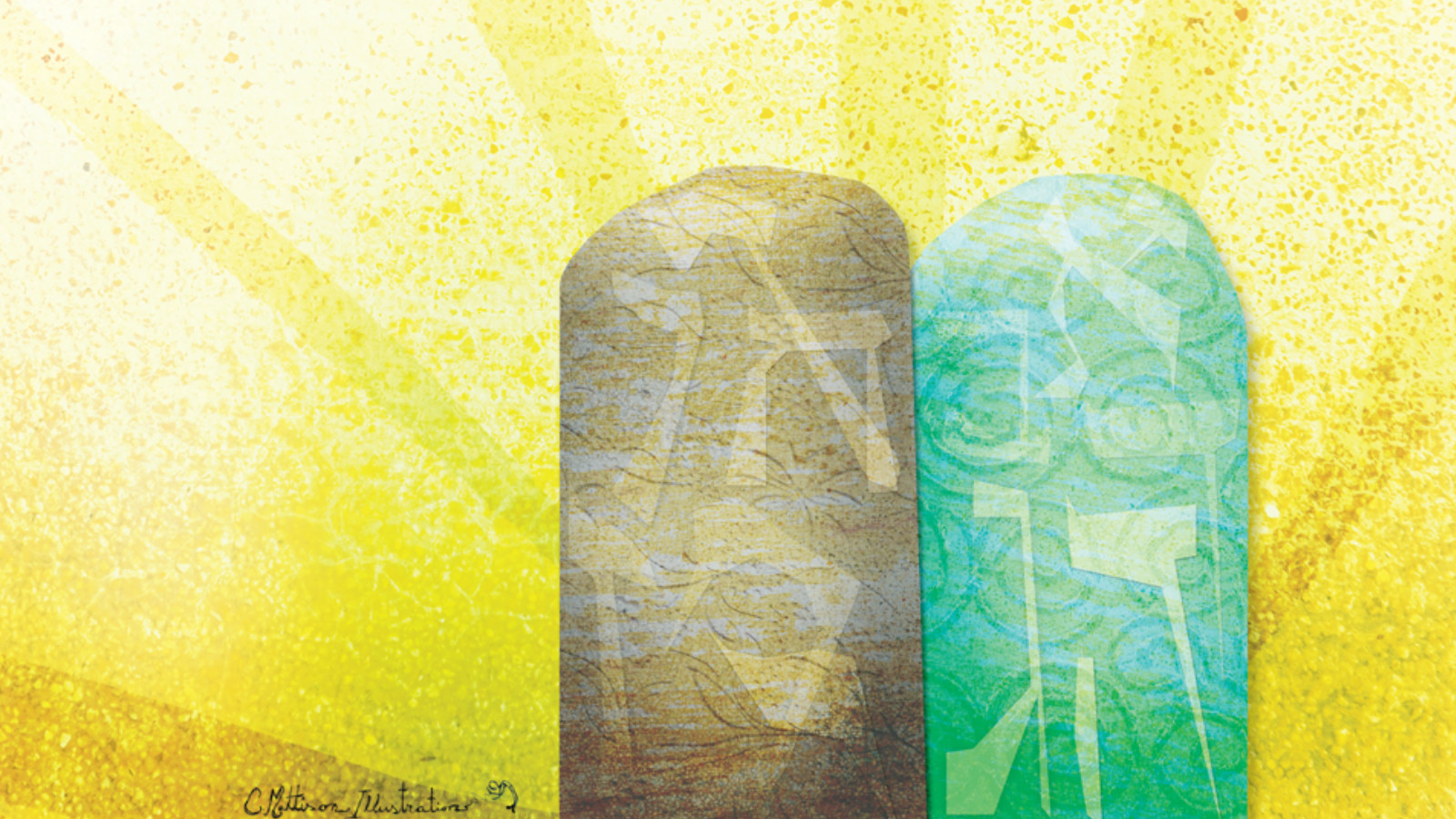In 2026, Shavuot begins at sunset on Thursday, May 21 and ends at sundown on Saturday, May 23.
What is Shavuot?
Shavuot is one of the three Jewish pilgrimage festivals, along with Passover and Sukkot. It is celebrated exactly seven weeks after the second Passover seder, which is why it is sometimes referred to as the Feast of Weeks. Although Shavuot began as an ancient grain harvest festival, the holiday has been identified since biblical times with the giving of the Torah on Mount Sinai.
How Do You Celebrate Shavuot?
Alone among major Jewish holidays, Shavuot has no distinctive religious obligations. The specific practices associated with celebrating Shavuot are entirely customary.
The best-known among them is Tikkun Leil Shavuot, a tradition of staying up all night studying. This practice originated in the 16th century and is understood as a tikkun, or spiritual rectification, for the fact that, according to the Midrash, the Israelites overslept on the morning they were to receive the Torah.
With your help, My Jewish Learning can provide endless opportunities for learning, connection and discovery.
In addition, some synagogues will decorate their sanctuaries with floral themes in honor of of the holiday’s agricultural history.
What are Shavuot Foods?
While its common on most Jewish holidays to eat lavish celebratory meats — which in many communities implies meat — on Shavuot, the tradition is to eat dairy products. There are a number of reasons given for this practice, which in many communities is observed through the eating of cheesecake or blintzes. A wide variety of Shavuot recipes can be found here.
Your Shavuot Questions, Answered
How do you greet someone on Shavuot?
Why is Shavuot significant?
Did Moses write the Torah?
Why do we read the Book of Ruth on Shavuot?
Other Shavuot Resources
What Ruth Can Teach Us About Shavuot
The Shavuot Marriage Contract
Why Shavuot has so few rituals
How to Make the Perfect Cheesecake
Tikkun Leil Shavuot
The Book of Ruth and the Power of Names
9 Things You Didn’t Know About Shavuot
Future Shavuot Dates
In 2027, Shavuot will begin on Thursday June 10 and conclude on Saturday June 12.
In 2028, Shavuot will begin on Tuesday May 20 and conclude on Thursday May 22.
Last year, Shavuot was celebrated from June 1-3.



